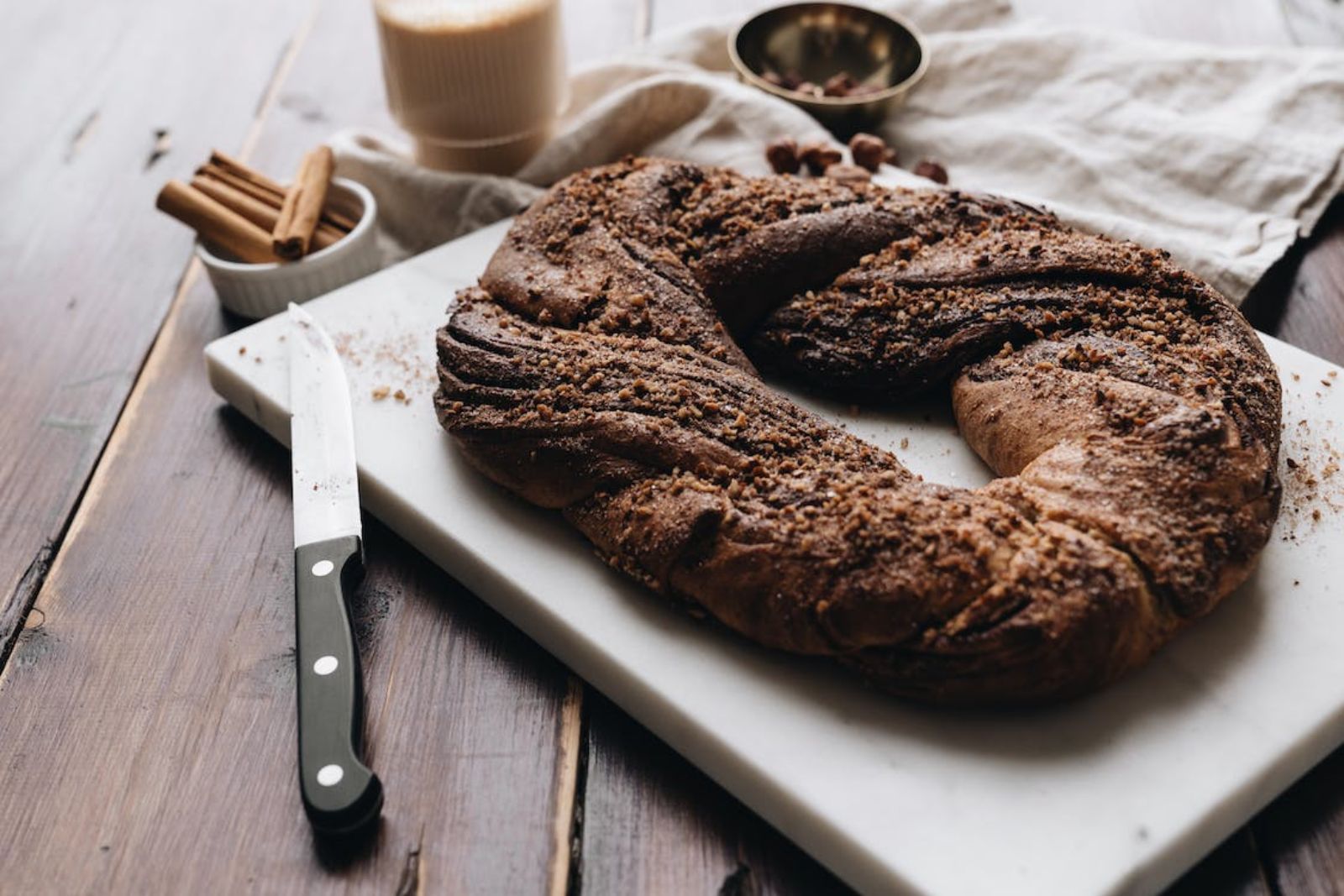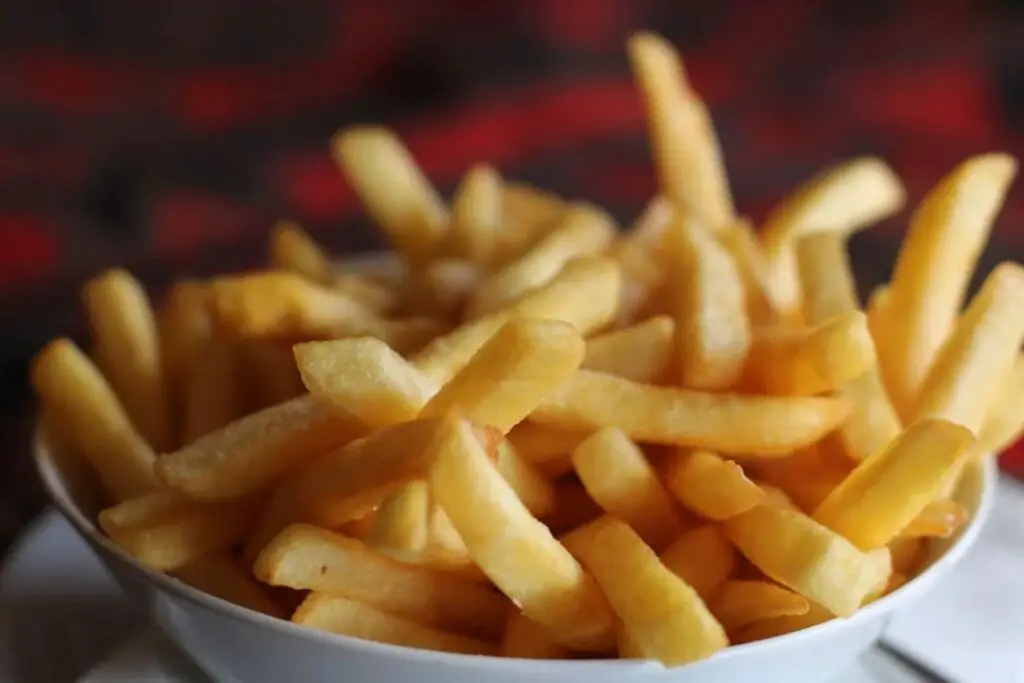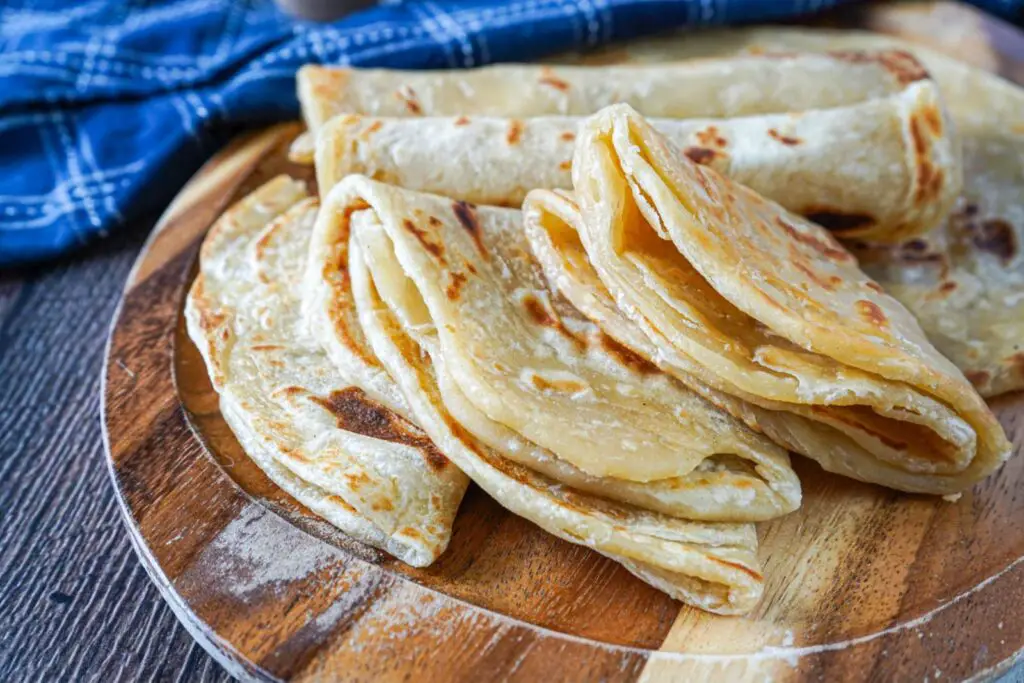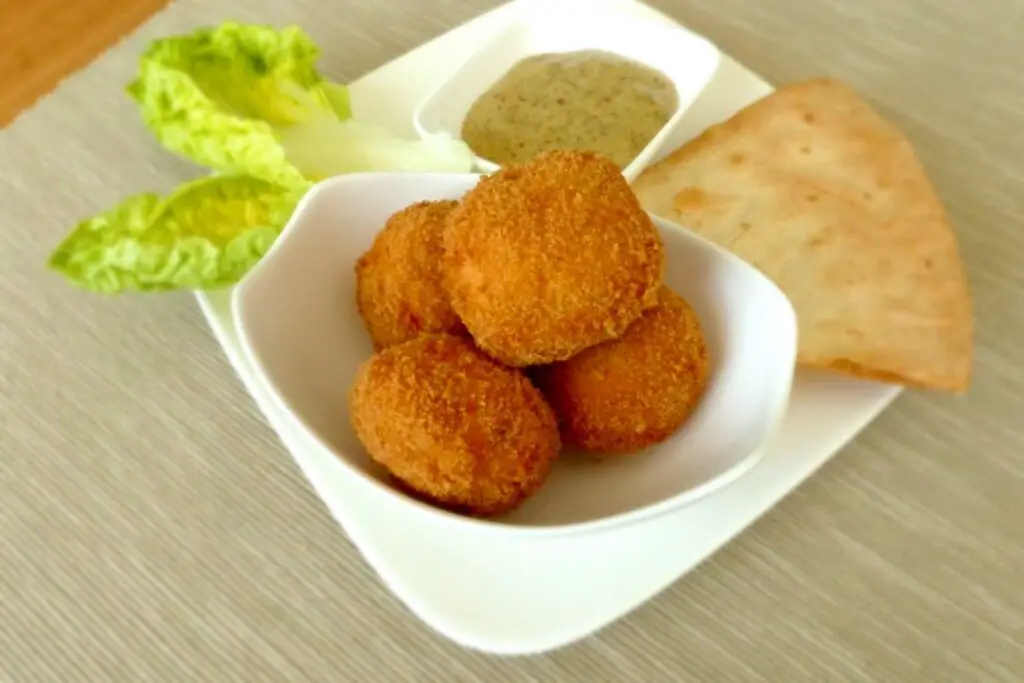
Babka, a sweet and indulgent pastry that hails from Eastern Europe. Babka is a beloved treat known for its rich, buttery dough swirled with layers of decadent fillings, such as chocolate, cinnamon, or fruit. With its delicate crumb and irresistible aroma, babka is a delight to both the eyes and the taste buds. Whether enjoyed with a cup of coffee for breakfast or as a delightful dessert, babka is sure to satisfy your cravings for something sweet. If you want to savor the delightful flavors of babka for longer or have some on hand for impromptu treats, freezing it is a fantastic option. In this guide, we’ll explore the art of freezing babka, sharing expert tips and techniques to preserve its moistness and preserve its delectable taste, ensuring that you can enjoy a slice of this delightful pastry whenever the craving strikes, whether it’s a special occasion or a simple indulgence.
Here are the simple steps to freeze babka:
Step 1: Choose the Perfect Babka
When it comes to freezing babka, starting with a high-quality pastry is crucial. Choosing a freshly baked or recently purchased babka ensures that it hasn’t been exposed to the air for an extended period, which can affect its taste and texture. Babka that has been sitting around for too long may become dry or lose its original flavors.
If you have made your babka at home, it’s important to allow it to cool completely before freezing. This cooling process allows the babka to set and stabilize, preventing any moisture from escaping during the freezing process. Freezing the babka while it’s still warm can lead to the formation of ice crystals and a loss of moisture, resulting in a less desirable texture once thawed.
By selecting a high-quality babka and ensuring it has cooled properly, you set the foundation for a successful freezing process. This step ensures that the babka maintains its original taste, texture, and overall quality when you decide to enjoy it later on.
Step 2: Prepare to Freeze
Proper preparation is essential to preserve the quality of your babka during the freezing process. Once your babka has cooled completely, it’s time to prepare it for freezing.
To start, tightly wrap the babka in plastic wrap. This step helps to create a barrier against moisture loss and prevents the babka from drying out in the freezer. Make sure to cover the entire pastry, ensuring there are no exposed areas.
While plastic wrap provides a good level of protection, adding an extra layer can further safeguard your babka. Place the wrapped babka in a resealable freezer bag, squeezing out as much air as possible before sealing it. Alternatively, you can wrap the babka with aluminum foil, making sure it is tightly sealed.
The additional layer of protection provided by the freezer bag or aluminum foil helps to prevent freezer burn, which can negatively impact the flavor and texture of the babka over time. It also helps to keep the babka free from any odors or flavors from other items in the freezer.
By properly wrapping and protecting your babka, you create an optimal environment for freezing, ensuring that it stays moist, fresh, and free from any unwanted freezer-related issues.
Step 3: Label and Date
Labeling and dating your frozen babka is a simple yet crucial step in the freezing process. It helps you keep track of the storage duration and enables you to identify the specific flavor of the babka, especially if you have multiple varieties stored in the freezer.
Using a permanent marker, write the date of freezing on the outer packaging of the babka. This allows you to determine how long the babka has been in the freezer and helps you consume it within a reasonable time frame. It’s important to note that while frozen babka can last for several months, it’s best to consume it within three to four months for optimal taste and texture.
Additionally, if you have different flavors of babka stored, labeling them will help you easily identify and select the desired flavor when it’s time to enjoy them. This is especially useful if you have variations like chocolate, cinnamon, or different fillings. It saves you from the hassle of defrosting and opening multiple babkas to find the flavor you desire.
By labeling and dating your babka, you create an organized system for your frozen treats. This practice ensures that you can keep track of the storage duration, maintain the babka’s quality, and conveniently select the flavor you’re in the mood for.
Step 4: Store and Freeze
Proper storage and freezing techniques are essential to maintain the quality of your babka. After wrapping and labeling your babka, it’s time to find a suitable spot in your freezer for it.
First, locate a flat surface in your freezer where the babka can lie undisturbed. It’s important to find a stable area that won’t cause the babka to tilt or get crushed by other items. Placing the babka on a flat surface helps preserve its shape and prevent any damage during freezing.
When choosing a spot in the freezer, be mindful of strong odors from other items. Babka has a delicate flavor, and it can absorb odors easily. To prevent any unwanted flavors from seeping into the babka, avoid storing it near strongly scented foods or items with potent odors.
It’s also crucial to leave sufficient space around the babka to ensure even freezing. Proper air circulation allows for uniform freezing and helps maintain the babka’s texture. Avoid overcrowding the freezer space around the babka, as it can lead to uneven freezing or damage to the pastry.
Make sure to keep the babka away from any potential crushing or squishing. Placing it in a location where it won’t be disturbed or subjected to pressure ensures that it retains its shape and appearance.
By taking these guidelines for storing and freezing your babka, you create an environment that promotes even freezing, preserves the delicate flavors, and protects the babka from any potential damage.
How long can babka last in the freezer?
Babka can last in the freezer for approximately 3 to 4 months while maintaining its quality. Properly wrapped and stored babka has a longer shelf life, but it’s recommended to consume it within this timeframe to ensure optimal taste and texture. Freezing beyond this period may cause a decline in quality, including potential freezer burn or loss of flavor.
Step 5: Thaw and Reheat
Thawing and reheating your frozen babka correctly is essential to bring it back to its freshly baked glory. Here’s how to do it:
- Remove the babka from the freezer: Take the babka out of the freezer and transfer it to the refrigerator. Allow it to thaw slowly and gradually in the refrigerator overnight. Thawing in the fridge helps prevent condensation, which can lead to a soggy texture in the babka.
- Preheat the oven: Once the babka is completely thawed, preheat your oven to around 300°F (150°C). This moderate temperature will gently warm the babka without risking overcooking or drying it out.
- Prepare the babka for reheating: Place the thawed babka on a baking sheet. You can line the sheet with parchment paper for easy cleanup, if desired. Ensuring the babka is on a baking sheet helps retain its shape and prevents any sticky residue from making a mess in the oven.
- Reheat the babka in the oven: Slide the baking sheet with the babka into the preheated oven. Allow it to warm for about 10 minutes or until it reaches your desired warmth. Keep an eye on it during the reheating process to prevent over-browning.
- Enjoy the revived babka: Once reheated, remove the babka from the oven. Allow it to cool for a few minutes before serving. The gentle reheating process will help revive the flavors, melt any chocolate or filling, and restore the delightful texture of the babka.
By thawing the babka in the refrigerator and reheating it gently in the oven, you ensure that the babka retains its moisture, flavors, and texture. This method helps bring the frozen babka back to its freshly baked state, allowing you to savor its deliciousness once again.
Other related questions
Can you refreeze babka?
It is generally not recommended to refreeze babka once it has been thawed. Refreezing can negatively impact the quality and texture of the pastry, resulting in a less desirable eating experience. To maintain the best taste and texture, it is advisable to consume babka after the initial thawing and reheating, rather than attempting to refreeze it.
How do I know if the babka has gone bad after being frozen?
To determine if babka has gone bad after being frozen, there are a few signs to look for. First, check for any unusual or off-putting odors emanating from the babka. If the babka smells rancid, sour, or has a strong freezer burn odor, it may indicate spoilage. Additionally, examine the texture and appearance of the babka. If it appears discolored, excessively dry, or has mold growth, it is best to discard it, as these are indications of spoilage.
Should I slice the babka before freezing?
Slicing the babka before freezing is a matter of personal preference and convenience. Slicing the babka into individual portions allows for easier portion control and thawing. It is particularly useful if you want to enjoy a single serving at a time or if you plan to share the babka with others.
Can I freeze babka dough before baking?
Yes, it is possible to freeze babka dough before baking. Freezing the babka dough allows for convenient preparation in advance. To freeze the dough, shape it into the desired form, such as a loaf or rolls, and wrap it tightly in plastic wrap or place it in a resealable freezer bag. When ready to bake, thaw the dough in the refrigerator overnight, then proceed with the baking instructions as usual.
Can I freeze babka with different fillings?
Yes, you can freeze babka with different fillings. When freezing babka with various fillings, it is essential to ensure that the fillings are suitable for freezing. Ingredients like chocolate, cinnamon, or fruit-based fillings generally freeze well and maintain their flavors. Proper wrapping and storage techniques should be employed to preserve the babka’s quality and prevent any flavor transfer between different fillings.
Can frozen babka be used as a gift or for special occasions?
Yes, frozen babka can be used as a gift or for special occasions. It can be prepared in advance, frozen, and then thawed before gifting or serving. To enhance the presentation, you may choose to wrap the babka in decorative packaging or include a personalized note. Thawed babka can be enjoyed fresh or gently reheated for a delightful treat on special occasions.
Can I freeze babka with a streusel topping?
While it is possible to freeze babka with a streusel topping, it may affect the texture and appearance of the streusel. The moisture from the freezing and thawing process can make the streusel become soggy or lose its crispness. If you still choose to freeze it, wrap the babka tightly in plastic wrap or aluminum foil, or place it in an airtight container to minimize moisture exposure.








